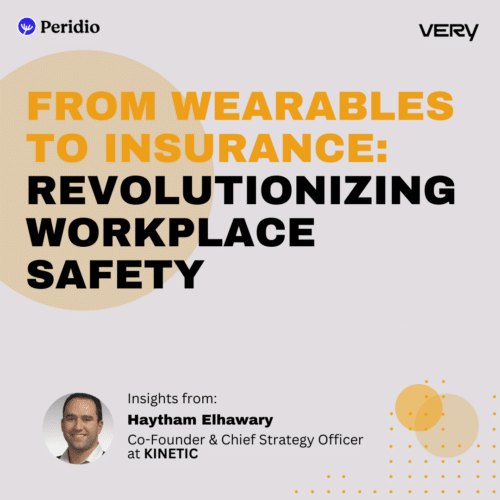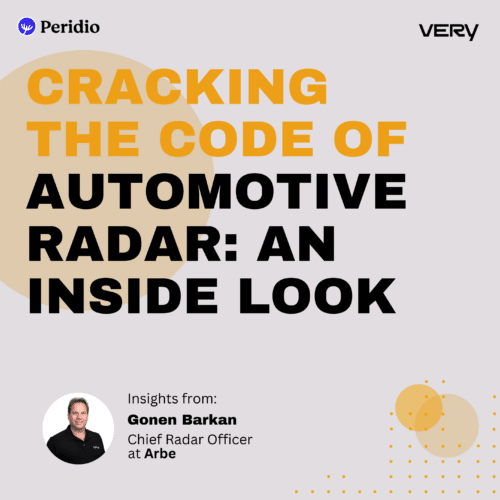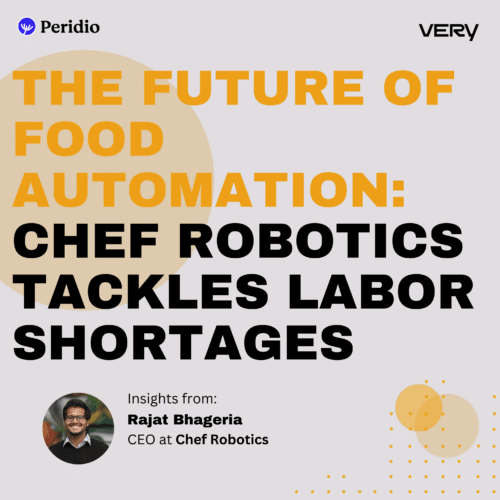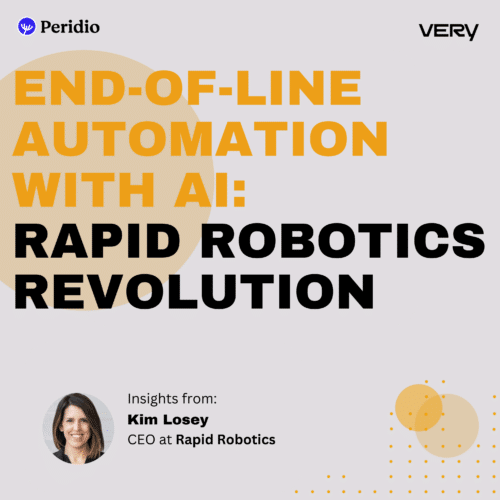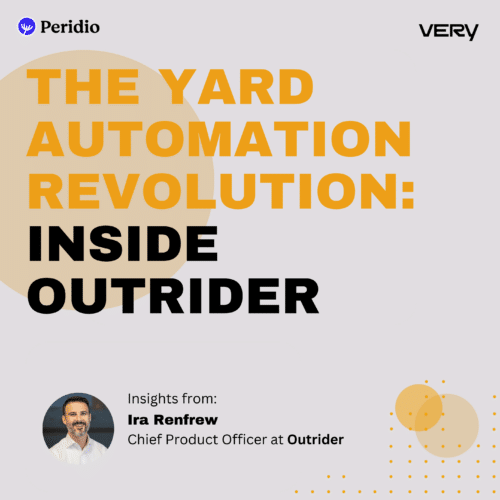Podcast
Episode 2: What is Robotics-as-a-Service (RaaS)?
April 13, 2021
28 minutes
Robots for Rent? Robotics-as-a-Service Provides Venture Opportunities
We’ve all heard of Software-as-a-Service (SaaS) and of course, the hardware needed for that software to work. But what happens when SaaS and complex hardware collide?
Paul Willard, a founding partner at grep -vc, refers to it as RaaS or Robotics-as-a-Service. In this episode of Over the Air, Paul tells Ryan about…
- What RaaS is and why it’s valuable
- How his rare background led him to become a RaaS investor
- The robot he can’t wait for someone to build
This post is based on a podcast episode with Ryan Prosser and Paul Willard. To hear more interviews like this one, subscribe to Over the Air
Robotics-as-a-Service (RaaS) Defined
Imagine a fleet of flying robots designed to deliver blood to those in need in Rwanda. The drones operate on a cloud-based rental system, allowing doctors to use them on an ongoing basis. While this may sound like science fiction, it’s a real-life example of Robotics-as-a-Service (RaaS).
Since this fleet of robots has been in operation, maternal mortality rates across Rwanda have dropped below the U.S’.
This life-saving venture is made possible thanks to RaaS: a business model that allows robotics companies to rent out their solutions to other companies on an ongoing basis. The renters benefit from this model because it:
- Democratizes robotics
- Lowers the price of entry for large and small businesses
- Removes the upfront cost of expensive automation upgrades
- Incorporates specific capabilities for the users
- Upgrades or downgrades systems when needed
- Doesn’t require the infrastructure of traditional robotics implementation
It’d be wildly expensive and time-consuming if doctors had to purchase the flying robots rather than “hiring” them as needed. Plus, certain functions require the expertise of robotics engineers (i.e., adjusting to wind speed and direction, traveling to the correct coordinates, etc.).
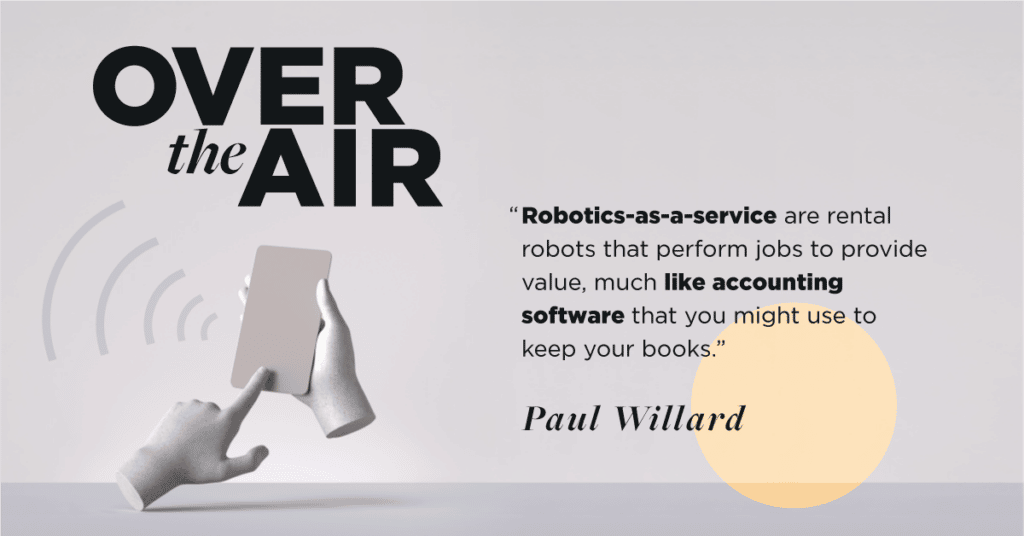
In other words, when SaaS and complex hardware are united, it’s not one or the other — it’s something new. This new idea is RaaS.
Insights From a RaaS Investor
The pay-as-you-go model — or SaaS — has stretched far and wide over our society and has now reached robotics. However, bringing a new RaaS solution to market isn’t as easy as having an idea. You’re likely going to have to bring on investors.
What Investors Look For
RaaS investors like Paul and his partners at grep -vc look for a handful of key components in a founder:
- They understand where the hardware is. Paul has heard one too many pitches for ideas using hardware that won’t be available any time soon. He looks for solutions based on hardware that’s predicted to come out in the next two years.
- They understand what goes into the execution. RaaS investors aren’t only interested in your idea — founders need a realistic plan of action to go with it. Paul recommends that founders get some execution experience before they start pitching.
They’re technical. Paul is particularly excited to work with founders who are technical and operational. If someone comes to an investor like him, they’d better be willing to get their hands dirty to make their idea an actual solution.

What Founders Look For
RaaS is a sexy new trend to invest in. Because of this, founders need to make sure potential investors understand the market and don’t jump in like starry-eyed fanboys.
With a unique background in engineering, marketing, and venture capitalism, Paul offers solid advice for VCs exploring RaaS:
Know the difference between a hardware company and a RaaS startup.
Founders: See that your potential investors are well-versed in the RaaS world. You’ll encounter much more success with a knowledgeable investor than a VC who’s willing but inexperienced.
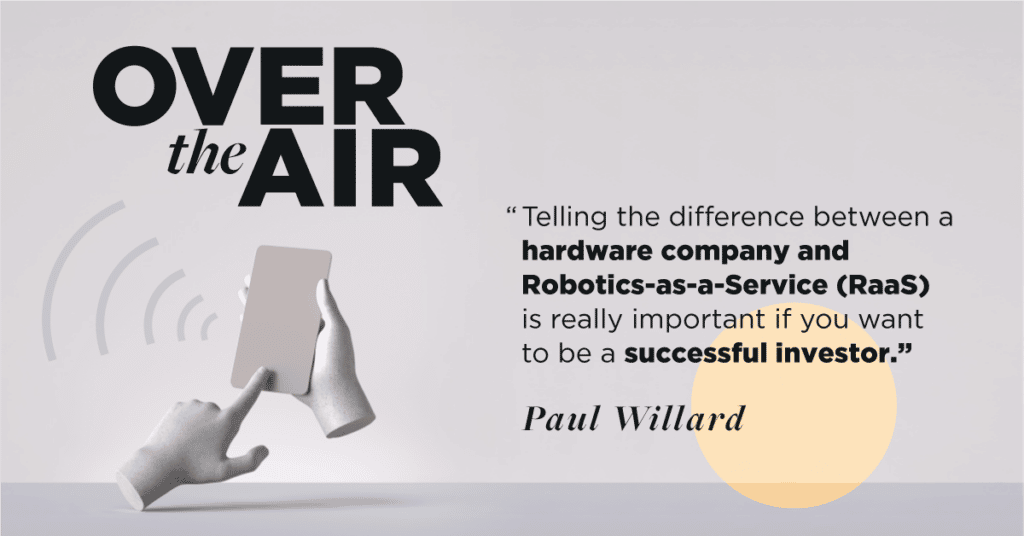
Why RaaS Startups Fail
It may be clear by now that the #1 reason RaaS startups fail is that the founder and/or the investor doesn’t understand the execution needed to make an idea a reality.
Perhaps you have an idea for a solar-powered weed-eating Roomba (Paul’s dream bot). There’s no denying it’s a superb idea. Yet, it’s critical that you account for all of the elements going into actually making the thing.
- Is the hardware there yet?
- What’s it going to take to execute your idea?
- Will you be able to build a prototype within the next two years?
Final Thoughts
Yes, Paul has a certain set of skills he’s acquired from his specialized background. However, RaaS founders and investors with less experience can find success in the space by taking heed of his advice, just the same.
For more insights about the intersection of software and hardware, subscribe to the Over the Air podcast wherever you listen.

Hosted by: Ryan Prosser
CEO at Very
As Very's CEO, Ryan collaborates daily with product, sales, and marketing to deliver the IoT solutions our clients look for. He is also a champion for our culture, fostering transparency and efficiency across our distributed team.


